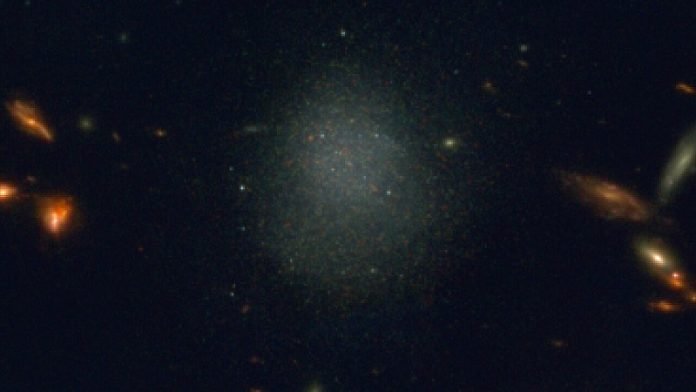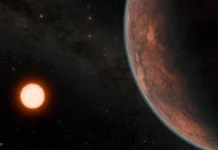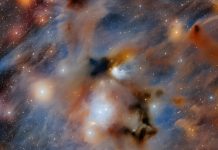
In a universe filled with stars and galaxies, a team of space scientists led by Tim Carleton from Arizona State University has stumbled upon a galaxy that’s quite the puzzle.
Using the powerful James Webb Space Telescope, they spotted a tiny galaxy, not much bigger than a dot in the vast cosmos, which they named PEARLSDG. This discovery, though accidental, has turned out to be a big surprise for everyone.
Galaxies, including our own Milky Way, are massive groups of stars, planets, and all sorts of space stuff, all held together by gravity.
Among these, dwarf galaxies are the little siblings, much smaller and dimmer, often home to fewer than 100 million stars. For comparison, the Milky Way boasts nearly 200 billion stars!
Dwarf galaxies are usually bustling with new stars being born, especially when they’re out there on their own. But PEARLSDG is different – it’s like it has retired from making new stars.
This goes against what scientists thought they knew about how galaxies live and grow.
They believed that a galaxy all by itself should either be making new stars or getting influenced by a bigger galaxy nearby. But PEARLSDG is doing neither, and that’s what makes it so special.
Carleton and his team were initially observing a group of galaxies for a project named PEARLS when they noticed PEARLSDG. It was a bit like finding a needle in a haystack, as this galaxy was not even what they were looking for.
Their findings, shared in the Astrophysical Journal Letters, are now helping us rethink galaxy life stories.
The team used a mix of space and ground-based telescopes to get a closer look at PEARLSDG. The James Webb Space Telescope, with its sharp eyes, even allowed them to see individual stars in this distant galaxy.
These stars, shining brightly in specific colors, helped the scientists figure out how far away PEARLSDG is – a whopping 98 million light-years from us!
What’s more, by studying the colors and the light spread (spectrum) from the galaxy, the team confirmed PEARLSDG is not making any new stars. This is quite unusual for a dwarf galaxy living a solitary life in space.
This discovery is shaking up the astronomy world. It suggests there might be more galaxies like PEARLSDG out there, quietly drifting in space, not making any new stars. Finding and studying these galaxies will help scientists better understand the mysteries of the universe, including how galaxies form and evolve over time.
In essence, PEARLSDG is a cosmic loner, a galaxy that challenges our understanding of the universe. It’s a reminder of how much is still unknown and waiting to be discovered in the vast expanse of space.
Thanks to the James Webb Space Telescope and the curiosity of astronomers, we’re now a step closer to uncovering the secrets of the stars.



